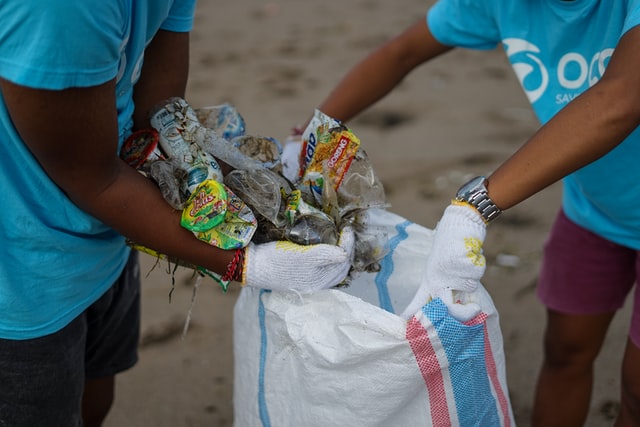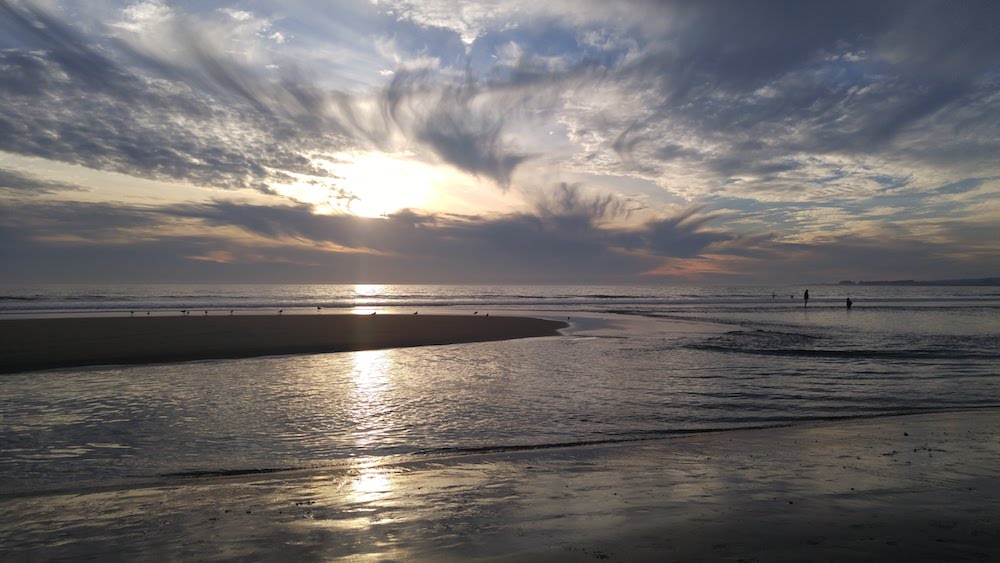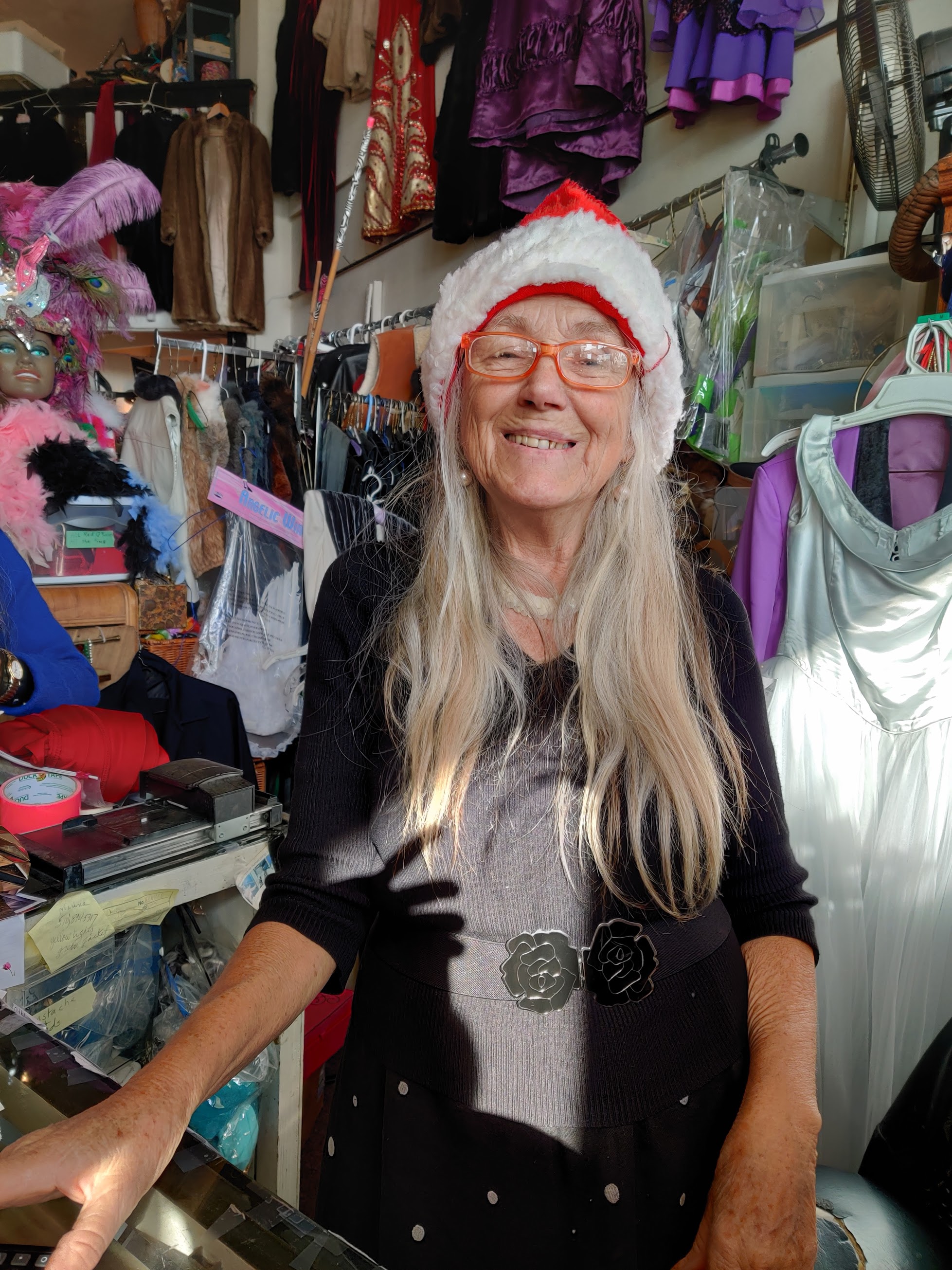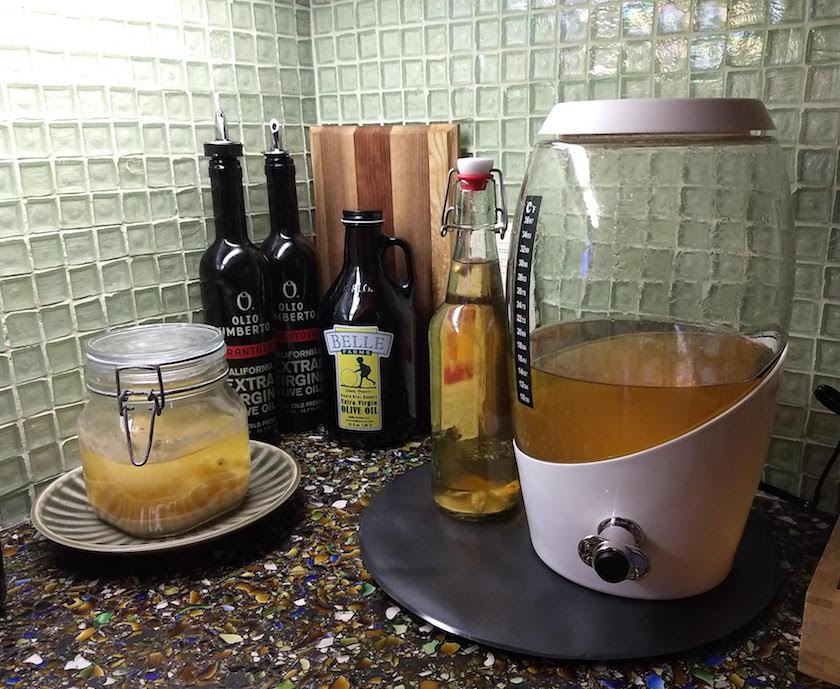Category: Green Living
-

I’m trying to pay down my personal climate debt. It’s time.
I don’t know what tipped the balance for me, but a few years ago, I realized I’d had enough. I’ve had enough of saying there’s nothing meaningful I can do personally to address how humans are destroying the earth. I’ve had enough of listening to people whine about how it’s too expensive to invest in…
-

On leaving California…and staying just the same
Here’s what it comes down to: I’m fine that some people are choosing to leave. There are a lot of people who are staying, and we love California. We’re willing to accept the difficulty of living here in exchange for the benefits. Late-night phone searches aside, there is nowhere I’d rather be right now.
-

Another local shop closes
Support Santa Cruz’s quirky businesses! I suppose it’s inevitable that as real estate prices rise, a town becomes less funky and quirky. I saw it happen in Palo Alto in the 80s and 90s. When I arrived, the town boasted a diner with ancient (working) telephones on the tables and a dim sum place where…
-

Living intentionally with power
I’m not holding myself up as a great example of virtuously green living: I do drive a car; I do use my clothing dryer; I do love a hot shower. But something that gives me great peace is a focus on intentional living.
-

Yummy Green Kombucha
I realize that these attempts, like my Homely Green Napkins project, are small things. But if enough of us push back on our culture-bred tendency to consume and discard, we can shift our weight enough to change course.